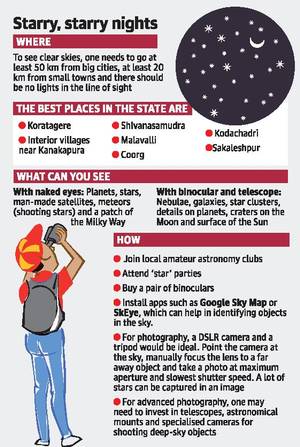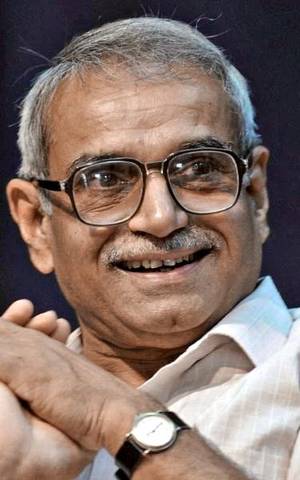Bengaluru :
City scientists have found a new molecule that can enhance the efficiency of the autophagy process in brain cells, that can significantly reduce their degeneration, which is the cause of diseases like Parkinson’s.
The scientists have initiated procedures to patent the process of discovery and the molecule itself -a potential drug -both of which have already been peer reviewed by international scientists.
Autophagy is our body’s housekeeping mechanism: a process where healthy cells clean up toxic proteins, preventing them from aggregating and killing the cells. While research on autophagy first emerged in the 1960s, a lot of serious work has happened in the past decade or so. In fact, the 2016 Nobel Prize for physiology or medicine went to Japan’s Yoshinori Ohsumi for his work in autophagy.
A major reason for diseases like Parkinson’s -which don’t have a cure yet -is aggregation of toxic proteins and inefficient autophagy or the complete lack of it, thereby resulting in the death of brain cells (neurodegeneration).
The new molecule, 6-Bio, discovered by scientists from the molecular biology and genetics unit (MBGU) at Jawaharlal Nehru Centre for Advanced Scientific Research (JNCASR), acts an autophagy modulator.”It (6-Bio) is capable of restoring autophagy and aid clearance of toxic protein aggregates, which otherwise form clumps and kill neu rons (brain cells),” said Ravi Manjithaya from MBGU.

Unlike most other cells in the body, neurons aren’t easily replaceable, which means that once they are lost, they cannot be recovered. The research was led by Manjithaya and the lead author of the scientific paper was S N Suresh, a PhD student at MBGU under Manjithaya. Aravinda Chavalmane and Shashank Rai also contributed to the research.
What does 6-BIO do ?
The molecule enables neuroprotection by autophagy. It augments the efficiency of the autophagy process by enhancing the basal level (the speed at which autophagy happens). “Simply put, it quickens the process of cells taking bad proteins, which have formed clumps, to the cleanroom,” Manjithaya said. The research found a popular protein called GSK-3 Beta (a glycogen synthase protein) doesn’t allow autophagy to take place at a fast pace in brains cells affected by Parkinson’s and other similar diseases. “Our molecule removes this and quickens the process of autophagy,” he said.
Tests and publishing
The findings were published in Autophagy, a scientific journal edited by autophagy scientist Daniel J Klionsky.”Before sending them for peer review and publishing, we conducted tests in our lab, which were positive,” Manjithaya said.
Bad proteins which were found to cause neurodegenerative diseases were produced in yeast, which reacted in the same way as our brain cells. “The proteins began to form clumps and kill the yeast. We then introduced 6-Bio into the yeast and saw if it could prevent the death of the cells. It worked,” Manjithaya explained. A large part of Nobel laureate Ohsumi’s work on autophagy involved experiments on yeast.
Following this, the team tested 6-Bio on a mouse whose brain cells behaved like those of patients with Parkinson’s, and the results were positive again.
They teamed up with James Chelliah and Abhik Paul from JNCASR’s Chelliah Lab and Phalguni Alladi, Vidyadhara DJ and Yarreiphang Haorei from Nimhans. Researchers said the discovery is not a magical cure for Parkinson’s but a breakthrough that can help find a therapeutic solution.
source: http://www.timesofindia.indiatimes.com / The Times of India / News> City News> Bangalore News / Chethan Kumar / TNN / May 23rd, 2017


